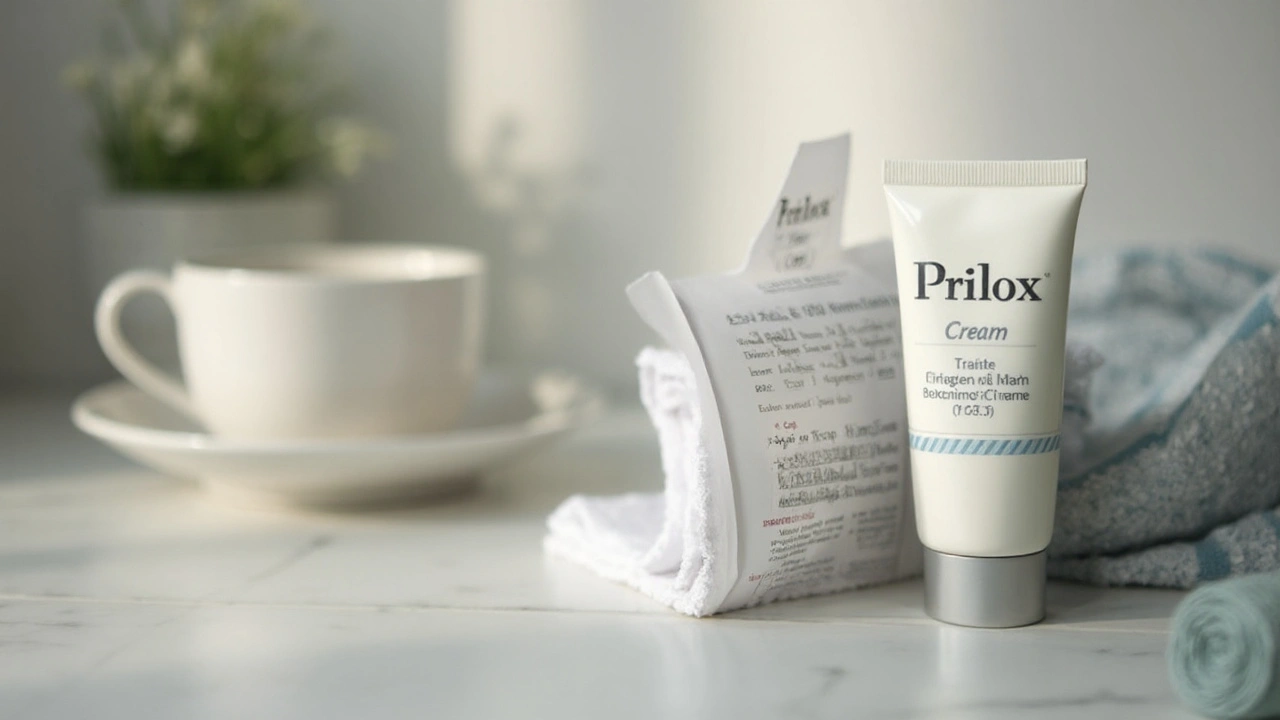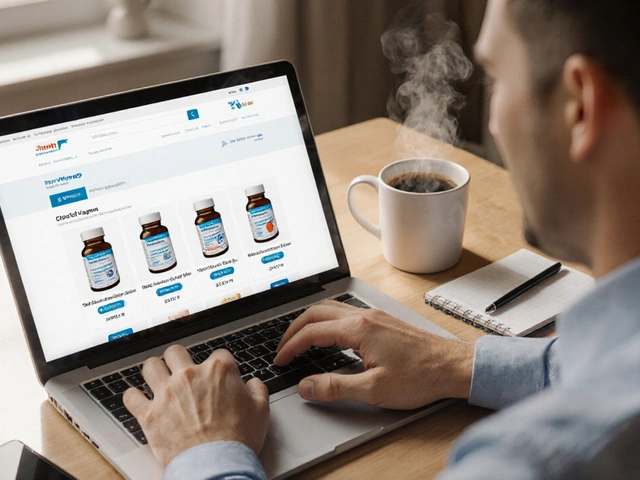Numbing cream: what it is, how to use it, and staying safe
Want to skip the sting from a shot, tattoo, or laser treatment? Numbing cream can help. These topical anesthetics block pain at the skin level so you feel less or nothing during short procedures. But not all creams are the same — and using them wrong can cause real problems. Read this if you want clear, practical advice.
Types and how fast they work
The common active ingredients are lidocaine, prilocaine, benzocaine, and tetracaine. Over-the-counter options often contain lower-strength lidocaine (2.5–5%). Stronger mixes like EMLA (lidocaine + prilocaine) or prescription gels have deeper, longer effects. Expect differences: a 5% lidocaine product may start working in 20–30 minutes and last an hour or two, while EMLA often needs 45–60 minutes under occlusion to reach full effect and lasts longer.
Sprays and patches exist too. Patches give steady dosing on small areas, sprays work for quick, surface numbing. Match the form to the job: patches for small spots, creams for larger areas, patches or injections if you need very precise control.
How to apply, what to avoid, and safety tips
Follow the product instructions. General tips that help most people: clean and dry the skin first, apply a thin even layer, and cover with plastic wrap (occlusion) only if the product says it’s safe — occlusion boosts absorption and effect. Keep timing in mind: don’t remove too early if you need deep numbing, and don’t leave some products on much longer than recommended.
Watch for risks. Overuse or applying to large areas can let enough medicine into the bloodstream to cause dizziness, ringing in the ears, or more serious lidocaine toxicity. Benzocaine is linked to methemoglobinemia in rare cases — a blood condition that reduces oxygen delivery — especially in young kids. Never use adult-strength numbing cream on infants without a doctor’s OK. Avoid broken or infected skin unless a product specifically allows it.
If you’re pregnant, breastfeeding, or have liver disease, check with your clinician or pharmacist first. Also avoid the eyes, mouth, and mucous membranes unless the product is made for those areas. Stop use and seek help if you get severe redness, swelling, shortness of breath, or fainting.
Buying tips: choose reputable pharmacies (look for licensing, clear ingredient lists, and honest shipping info). Avoid suspiciously cheap or unbranded creams. If a product promises miracle strength with no instructions, don’t risk it. When in doubt, ask a pharmacist which active ingredient and strength suit your procedure.
Used right, numbing creams are a handy, low-risk way to reduce pain for minor skin procedures. Use clear instructions, respect timing and dose, and check with a healthcare pro when you’re unsure. That keeps the entire experience safer and less stressful.

Prilox Cream: Uses, Benefits, and Safety Tips Explained
A deep dive into Prilox Cream, its ingredients, uses for sexual health and minor procedures, proper application, quick safety tips, and side effect info you can trust.
Detail



